Agricultural cooperatives play an important role in enhancing food security and creating sustainable employment for youth, women and marginalized small-scale farmers. Small and medium scale farmers gain tangible benefits from agricultural cooperatives that lead to food security and poverty alleviation for hundreds of thousands of urban population.
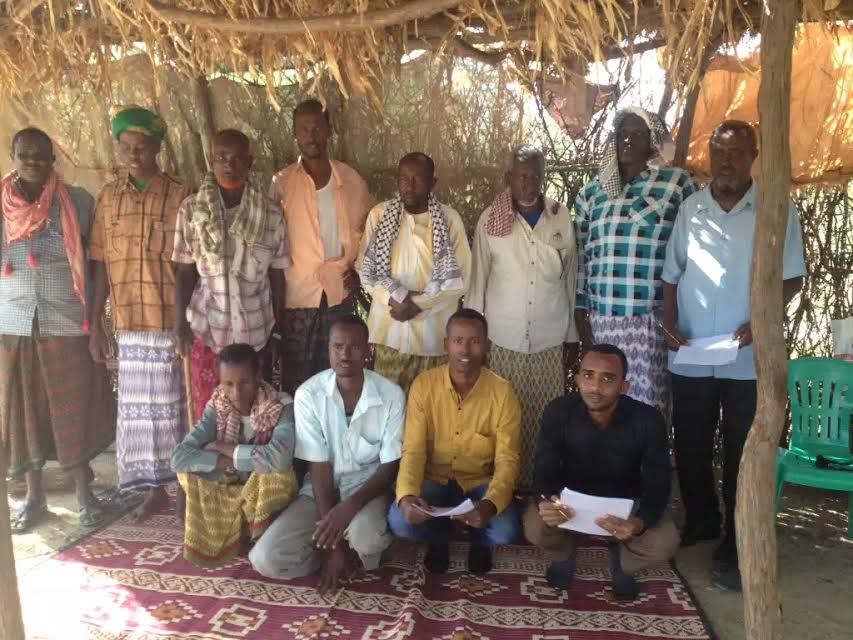
Members of the Cooperatives
SATG has seized an opportunity to contribute to the revival of Somalia cooperatives in various regions of the country through providing farm machinery and inputs, such as improved seed, fertilizers and a comprehensive training package to develop their management skill and the application of good agriculture practices. Almost 50 cooperatives with 5,000 members operating all over Somalia have been targeted to strengthen their production capacity and resource management competence.
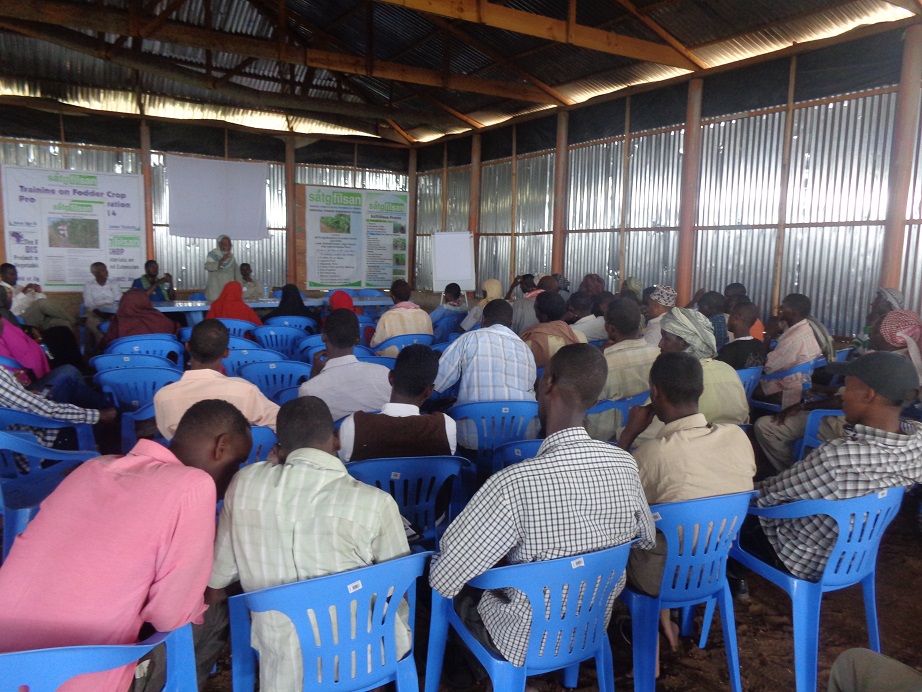
SATG Training Facility – ABIC CENTRE
SATG’s intervention is expected to increase farm yields by 2 to 3 fold and establish cooperatives with good management skills, thereby alleviating poverty, internal conflicts and establishing peaceful coexistence among the farming communities. While creating employment of women and youth, it will also open new market opportunities to sell their products to emerging agro-processing outlets in major cities. A good example for emerging market opportunity is the establishment of Maize mill near Mogadishu that has the capacity to absorb about 11,000 metric ton of maize grain to operate the establishment.
SATG intends to upscale the agriculture intervention activities to other farming communities so that they benefit from the new innovative technologies.
Agricultural Cooperatives at Qooqane
In the past (prior to 1990), COOPs operated in many locations in Somalia, including both irrigated and rainfed areas. The government through its COOPs agency and run by hired government officers controlled the cooperatives. All cooperatives seized functioning when the Somalia central government collapsed in 1991. Members of COOPs disappeared and those remaining have been engaged in private fields since all properties of the government, including their communal lands, were looted or usurped by gun militias.
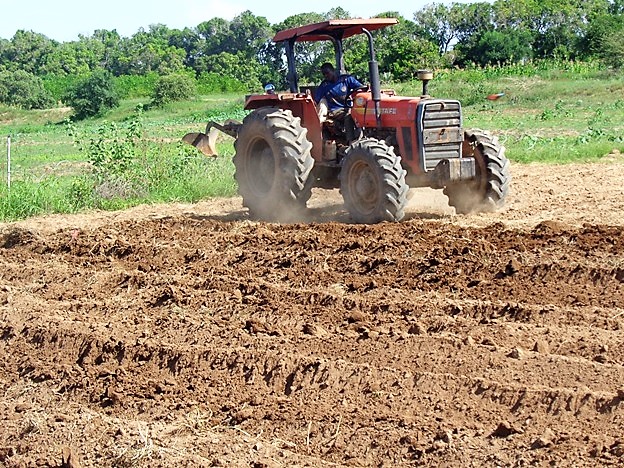
Land Preparation Practices
The cooperatives are expected to double their production and improve their livelihood through the application of good farming practices and management skills.
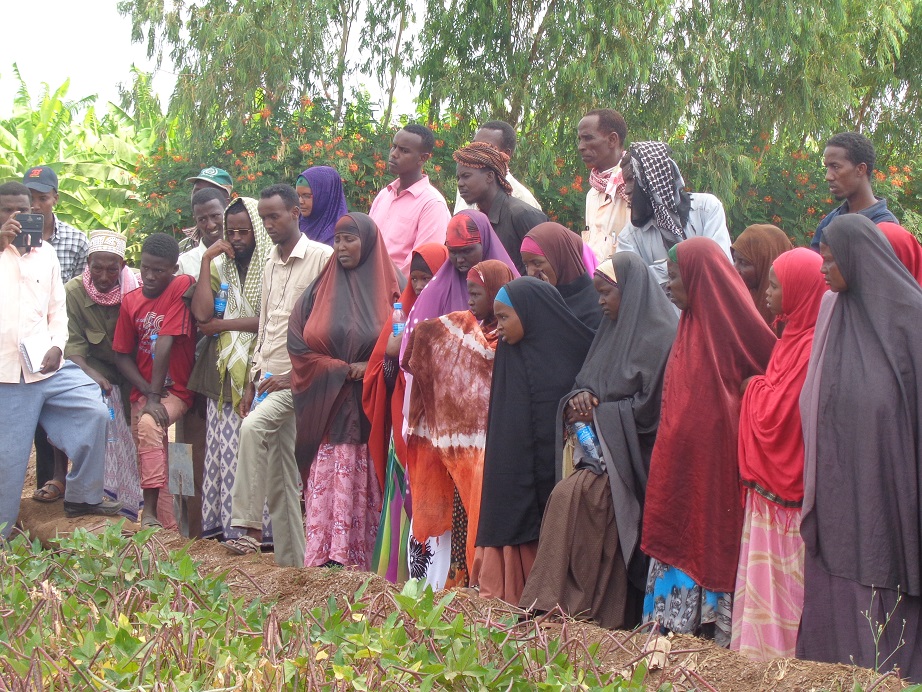
Demonstrations of good agriculture practices
It’s an established fact that the cooperatives offer:
- Opportunity to reduce hunger and poverty.
- Prospects that smallholders could not achieve individually.
- Empowerment by being a part of a larger group. They will be able to negotiate better terms in out growers scheme by reducing the cost of the farm inputs while demanding higher price for their product.
- Prospects that smallholder farmers would not be able to achieve individually, such as helping them to secure land rights and better market opportunities.
– HUSNI ABDURAHIM MUSE
SATG M&E SPECIALIST

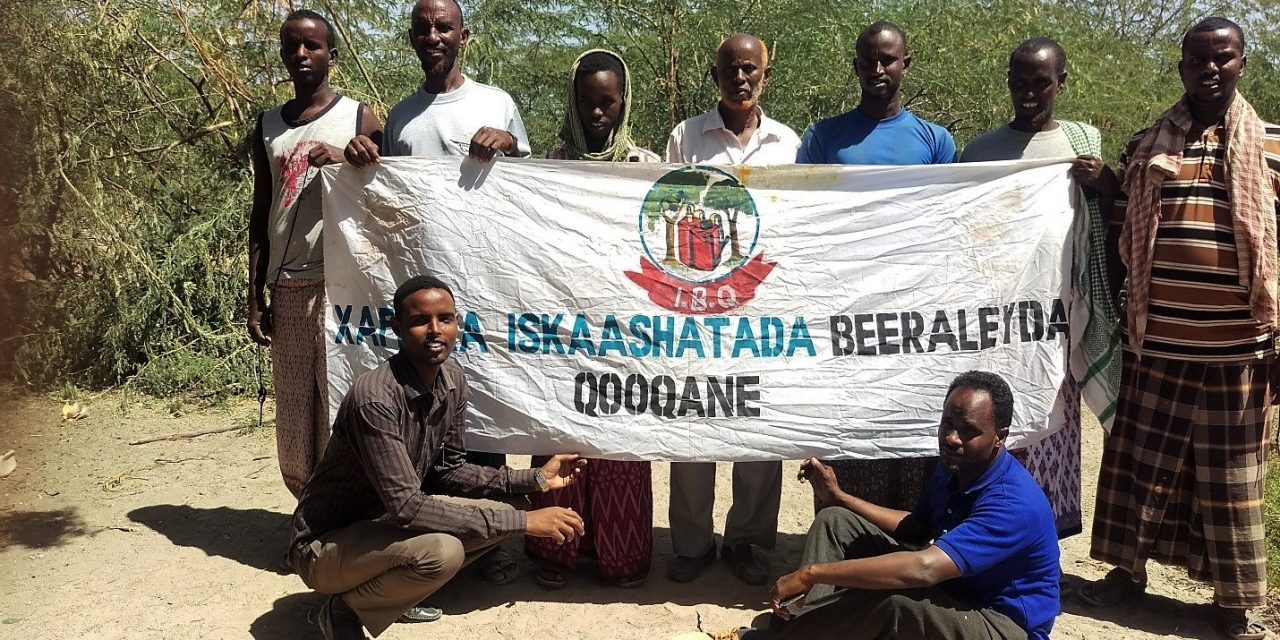
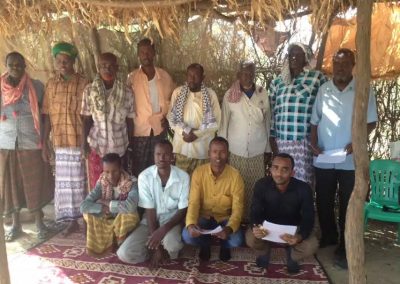
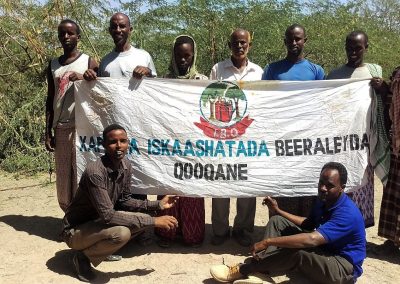
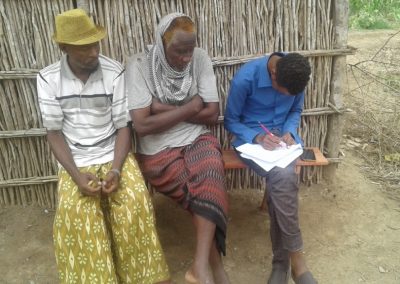
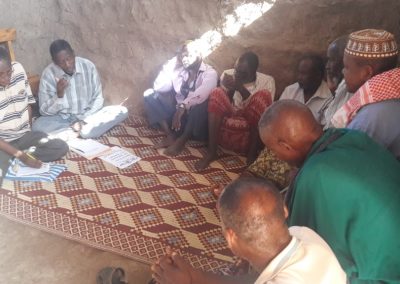
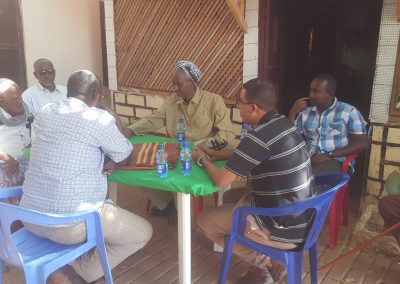
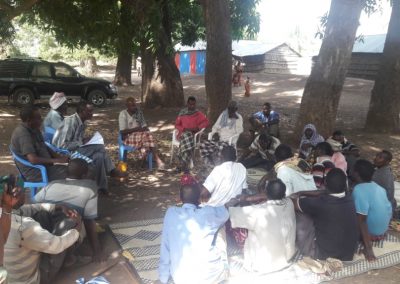
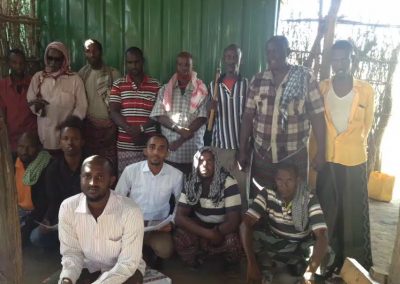
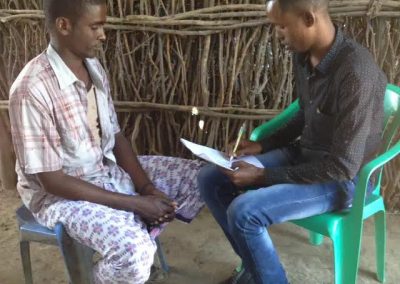







Recent Comments